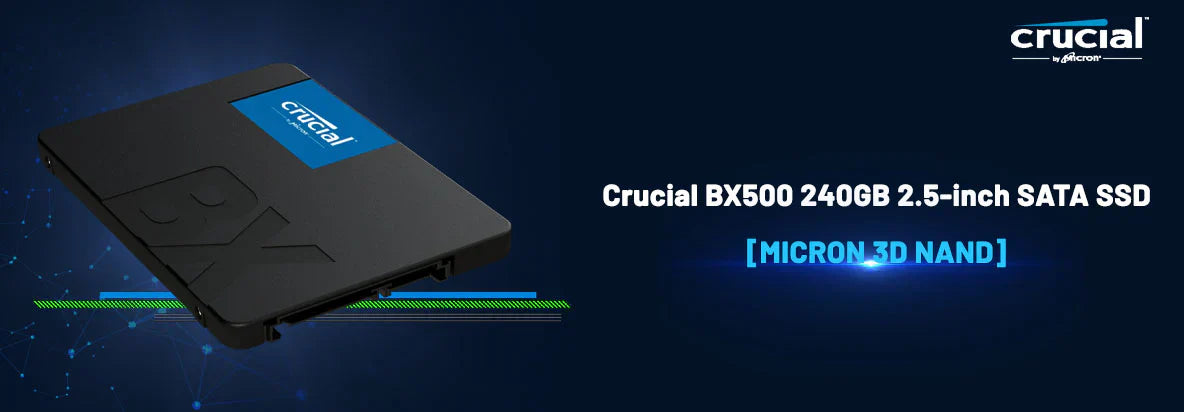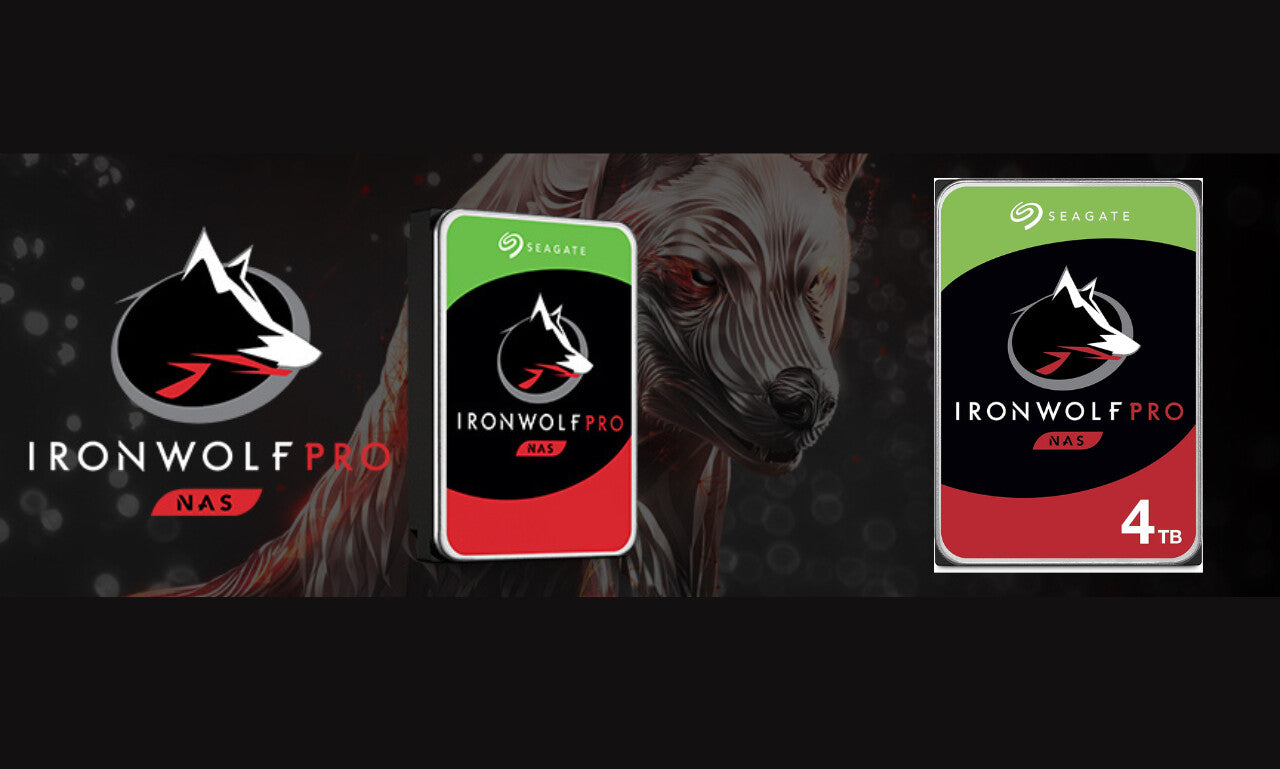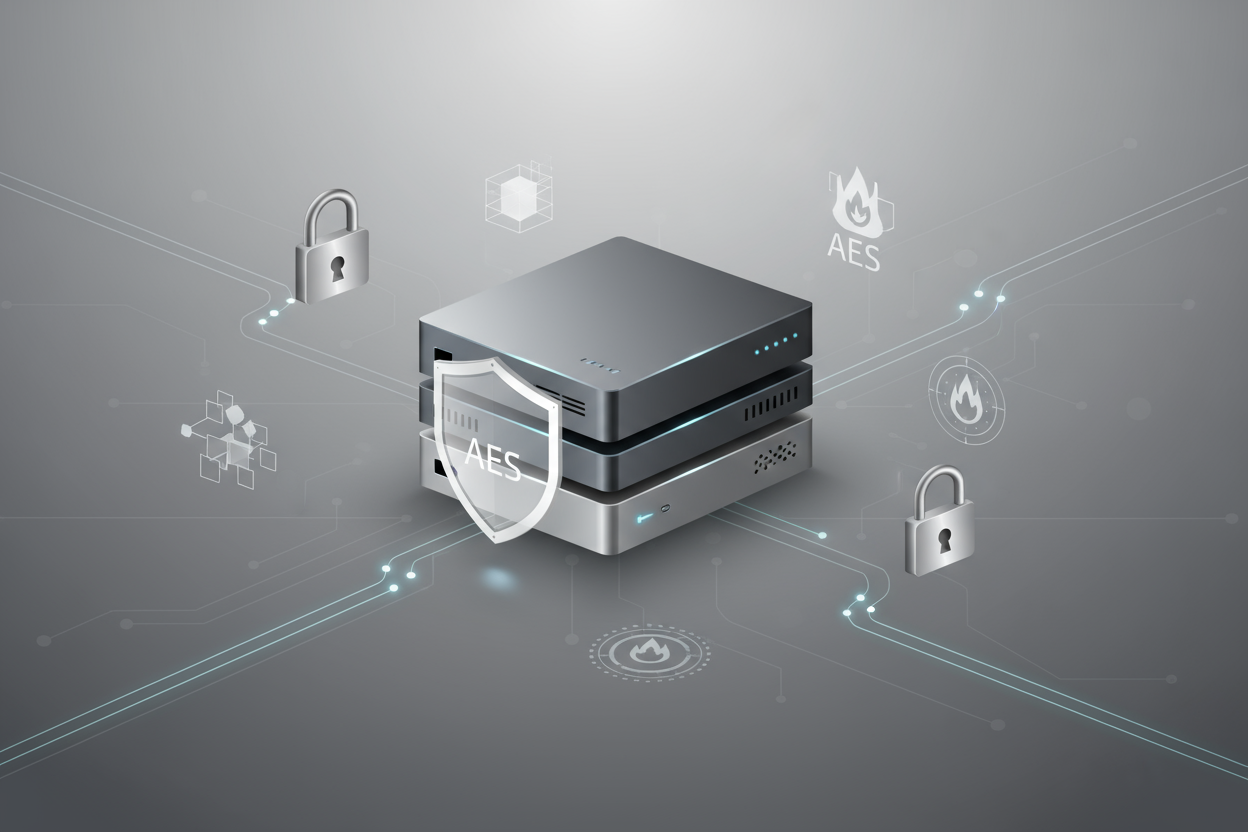Introduction
When most people think of a NAS (Network Attached Storage), they picture bulky 3.5-inch hard drives spinning away inside a metal enclosure. For years, HDDs have been the default choice for NAS systems due to their affordability and large capacities.
But times are changing. As solid-state drive (SSD) prices drop and their endurance improves, many users are now turning to 2.5-inch SSDs for NAS setups. Whether you're running a home NAS server, a media streaming hub, or a compact office data storage unit, the combination of NAS and 2.5-inch SSDs offers unmatched performance, silence, and reliability.
This article explores why 2.5-inch SSD NAS setups are gaining popularity, what benefits they offer, and how modern systems like LincStation E1 make it easier than ever to build a compact, energy-efficient, and lightning-fast NAS.
1. Understanding NAS and 2.5-Inch SSDs
Before diving deeper, let’s define the key terms.
NAS (Network Attached Storage) is a dedicated storage device connected to your home or office network, designed for centralized file sharing, backups, and media streaming.
2.5-inch SSDs are compact solid-state drives commonly used in laptops or small form-factor PCs. Unlike HDDs, SSDs have no moving parts, offering faster speeds, lower power consumption, and higher durability.
Traditionally, NAS devices relied on 3.5-inch HDDs because they offered higher capacities for less cost. However, modern NAS systems now support both 3.5-inch and 2.5-inch drives, allowing users to mix or switch entirely to SSD-based NAS configurations.
2. Why Choose 2.5-Inch SSDs for NAS?
2.1 Speed and Responsiveness
The biggest reason to use a NAS 2.5 SSD setup is performance. Even the most affordable SATA SSD delivers read/write speeds several times faster than spinning HDDs.
For example:
Typical 3.5” HDD: 150–200 MB/s
Typical 2.5” SATA SSD: 500–550 MB/s
That means faster file transfers, quicker access to large media libraries, and smoother experience for apps like Plex, Docker, or backup software.
If your NAS supports NVMe cache drives, you can further combine 2.5-inch SATA SSDs for storage with NVMe SSDs for caching, achieving hybrid performance that rivals enterprise setups.
2.2 Silent and Vibration-Free Operation
A major advantage of 2.5-inch SSD NAS drives is the complete absence of mechanical noise.
For users keeping their NAS in a living room, bedroom, or small office, the difference is night and day. SSDs also eliminate vibration issues, which can affect drive longevity in multi-bay enclosures.
2.3 Power Efficiency
2.5-inch SSDs consume only a fraction of the power used by traditional HDDs.
A typical HDD draws 6–9W under load, while an SSD usually stays below 3W. This makes SSD-based NAS systems ideal for 24/7 operation, portable NAS devices, and energy-conscious users.
Over time, reduced heat output also translates into quieter fans, less dust accumulation, and longer device lifespan.
2.4 Durability and Reliability
Because SSDs have no moving parts, they are inherently more resistant to shocks and vibrations.
For users who need portable or travel-friendly NAS solutions—like photographers, content creators, or field engineers—this makes 2.5-inch SSD NAS setups much safer and more practical.
Modern NAS-oriented SSDs (such as WD Red SA500, Seagate IronWolf 125, or Synology SAT5200) are also built with higher endurance ratings (TBW), ensuring consistent performance over years of continuous use.
3. NAS 2.5 SSD vs 3.5 HDD: What’s the Trade-Off?
| Feature | 2.5" SSD | 3.5" HDD |
|---|---|---|
| Speed | 5× Faster | Slower (Mechanical) |
| Noise | Silent | Audible Spinning |
| Power Consumption | Low | Higher |
| Endurance | High (TBW rated) | Moderate |
| Capacity | Limited (Up to 8TB typical) | Very High (Up to 24TB+) |
| Cost per TB | Higher | Lower |
| Vibration | None | Noticeable |
| Best Use Case | Speed & silence | Bulk storage |
In short:
- HDDs still win in price-per-terabyte.
- SSDs dominate in speed, silence, and efficiency.
For most home users and small businesses, a hybrid or full-SSD NAS setup is now both affordable and practical.
4. Best 2.5-Inch SSDs for NAS (2025 Edition)
If you’re considering upgrading to NAS 2.5 SSDs, here are some top-performing models to look at:
1. Seagate IronWolf 125
- Designed specifically for NAS environments
- Endurance up to 1400TBW
- Optimized firmware for multi-user access
- Available from 240GB to 4TB
2. WD Red SA500
- Proven reliability for NAS use
- Endurance up to 2500TBW (4TB model)
- Excellent for caching or primary NAS storage
- Low power draw
3. Synology SAT5200
- Enterprise-class SATA SSD
- Built-in power-loss protection
- Tailored for Synology NAS systems
- High endurance (up to 11,000 TBW)
4. Crucial MX500 (Consumer Alternative)
- Affordable and reliable
- Great performance for home NAS setups
- Endurance up to 1000TBW (2TB version)
5. Samsung 870 EVO
- Legendary reliability and efficiency
- Excellent sustained read/write speeds
- Great for small NAS arrays or hybrid setups
💡 Pro Tip: When choosing a 2.5-inch SSD for NAS, look for models with high endurance (TBW) and power-loss protection to ensure stability during 24/7 workloads.
5. LincStation E1: Compact NAS Designed for 2.5” SSDs
One of the most exciting examples of modern 2.5-inch SSD NAS design is the LincStation E1, developed by LincPlus.
Unlike bulky multi-bay NAS units, LincStation E1 embraces the new era of compact, SSD-focused NAS systems:
Key Highlights:
- Dual 2.5-inch SATA SSD bays + NVMe slot for hybrid storage
- LincOS operating system for intuitive setup and remote access
- Whisper-quiet cooling system for silent operation
- Compact aluminum chassis — ideal for desk or travel use
- Integrated LincAccess remote service: connect anywhere, no complex setup
With its minimalist footprint and full SSD support, LincStation E1 is built for creators, developers, and home NAS enthusiasts who want server-grade performance without the noise or bulk of traditional drives.
In essence, it represents the perfect marriage of NAS flexibility and 2.5-inch SSD performance.
6. How to Set Up a 2.5-Inch SSD NAS
Here’s a quick guide to setting up your NAS 2.5 SSD system:
1. Install your SSDs:
Slide one or two 2.5-inch drives into your NAS bays. Secure them properly to avoid movement.
2.Initialize the drives:
Use your NAS OS (like LincOS, Unraid, TrueNAS, or Synology DSM) to format and create a new storage pool.
3.Choose your RAID type:
- RAID 1 (Mirror): Best for redundancy
- RAID 0 (Stripe): Best for performance (no redundancy)
- JBOD: Flexible, combines drives without redundancy
4.Enable caching (optional):
Add an NVMe SSD if supported to accelerate read/write performance.
5.Enable remote access:
Configure tools like LincAccess, DDNS, or VPN to reach your NAS from anywhere securely.
6.Monitor health:
Regularly check SMART data and drive temperatures to maintain performance and reliability.
7. Use Cases for NAS with 2.5” SSDs
1. Home Media Server
Stream 4K movies, music, and photos instantly with zero buffering.
2. Personal Cloud Storage
Access your files remotely through LincAccess or WebDAV.
3. Creative Workstation Backup
Keep photo, video, and design files safely stored and quickly accessible.
4. Docker or Virtualization
SSDs make container deployments and small VMs much faster and more reliable.
5. Surveillance Recording
Some users run SSD NAS systems for small-scale security storage due to reliability and quiet operation.
8. Common Questions About NAS 2.5 SSD Setups
Q1: Can I mix SSDs and HDDs in my NAS?
Yes. Most NAS units support hybrid arrays. You can use 2.5-inch SSDs for cache and HDDs for bulk storage.
Q2: Do 2.5” SSDs overheat in NAS systems?
No. They generally run cooler than HDDs, especially in well-ventilated enclosures like LincStation E1.
Q3: Is endurance a problem for SSD NAS?
Not anymore. NAS-grade SSDs now offer thousands of TBW, suitable for 24/7 operation.
Q4: Is it worth replacing HDDs with SSDs?
If you value speed, silence, and energy efficiency — absolutely. For pure cold storage, HDDs remain more economical.
9. The Future of NAS Storage: Compact, Silent, and SSD-Powered
The shift toward SSD-based NAS solutions is already happening. As prices continue to drop and capacity rises, 2.5-inch SSD NAS systems will soon become the mainstream choice for both home and professional users.
Systems like LincStation E1 lead this transition — combining modern design, optimized LincOS software, and SSD-native architecture that redefine what a small NAS can do.
Whether you’re building your first personal cloud, upgrading your media server, or setting up a quiet office data hub, a NAS 2.5 SSD setup offers the best balance of performance, reliability, and convenience.
Conclusion
The era of spinning disks is slowly coming to an end. As users demand faster, quieter, and more efficient systems, 2.5-inch SSDs in NAS are proving to be the logical evolution of personal storage.
A compact SSD-based NAS — like LincStation E1 — doesn’t just look modern; it performs like a dream.




Leave a comment
All comments are moderated before being published.
This site is protected by hCaptcha and the hCaptcha Privacy Policy and Terms of Service apply.